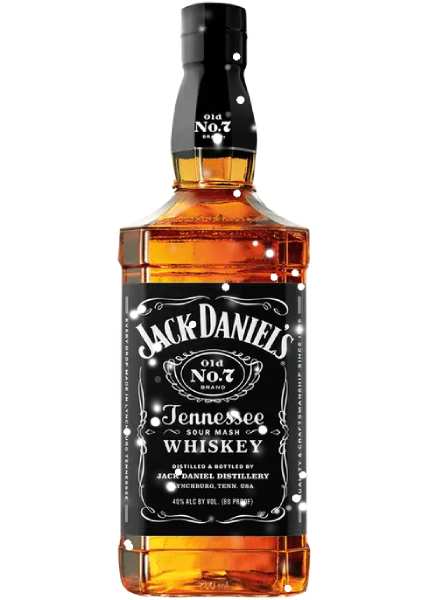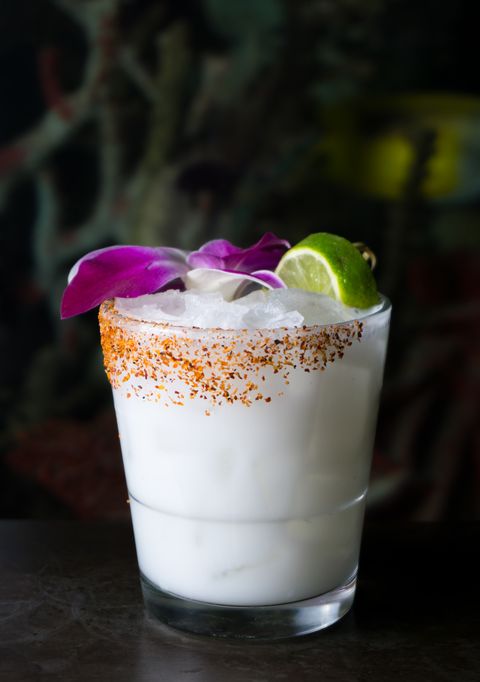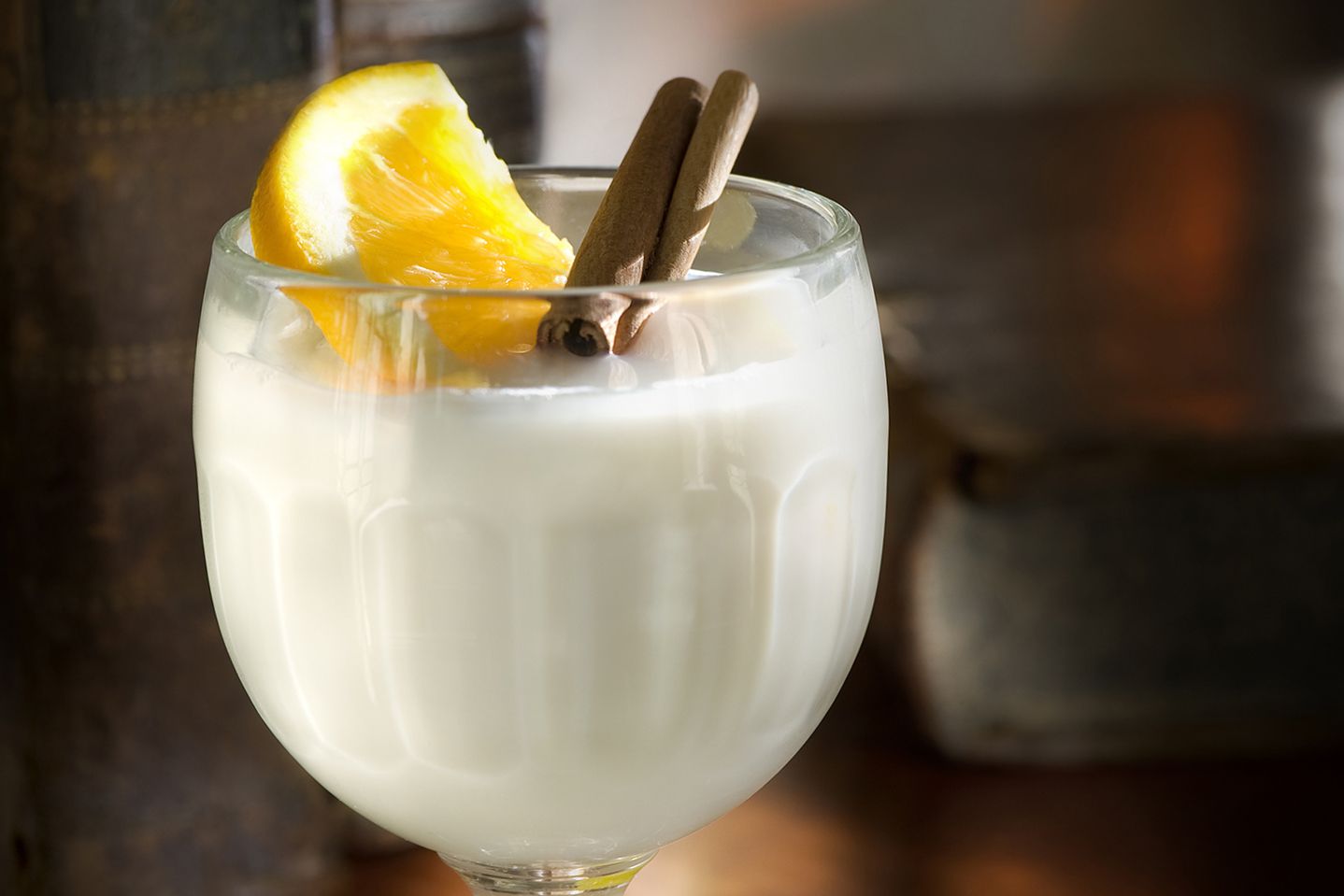
Bitters, an aromatic ingredient, add depth and flavor to cocktails. You make bitters by steeping botanicals into alcohol. You can find a variety of flavors in bitters, including fruit, spice, herb, citrus, and fruit. Some are non-alcoholic while others can be made into alcoholic beverages. Historically, bitters have been used in a variety of culinary and medicinal applications. However, bitters are gaining in popularity as mixologists discover how to incorporate them into cocktails.
There are many different types of bitters. Each has its own distinctive characteristics. Citrus bitters, for example, are made from lemon or lime. These bitters are well-suited for many spirits, such as vodka, gin and rum. Alternatively, rich orange bitters are based on the backbone of celery seeds and give a deep, earthy, and vegetal flavor. To get a sweeter flavour, try chocolate bitters. They are made with cacao. Chocolate bitters are particularly nice with coffee aromas.
Peychaud's Bitters and Angostura have been the most loved bitters. But with the advent of commercial brands, newer and more diverse bitters are now available. Many bitters are also made with glycerin which makes them last longer than alcohol-infused bitters. However, commercial bitters are made by infusing botanicals into alcohol.

Most commonly, aromatic bitters are used in classic cocktails like the Old Fashioned or Whiskey Sour. They are often made up of a wide range botanicals including cinchona bark (cinnamon, cinnamon), gentian roots, rosemary, and even saffron. These bitters are great with whiskey, brandy and bourbon.
Bitters were first made to treat digestive problems. Bitters nearly vanished as medicine progressed. Fortunately, Antoine Peychaud, a pharmacist, created a bitters recipe in the late nineteenth century that has become the standard. It was popular among bartenders as a way to soothe stomach pains.
Fee Brothers, which started in 1861, is another commercial brand. Their base is glycerin and not ethanol. Many factors are involved in determining how much liquid will be released from a bottle after each dash. The volume of liquid that will be released from a bottle with each dash depends on the amount of alcohol, its angle, and how big the hole is.
A nut-flavored category also exists in the market for commercial bitters. In the cocktail world, bitters made from coffee, cocoa, and pistachios are becoming more common. You can pair bitters with nut-flavored chocolates, bourbon, or whisky.

There are many types of cocktail bitters, ranging from citrus-based to berry-based. You can find many of these bitters in bottles. This makes it easy to make tasty cocktails with them. They contain typically 35 to 40% alcohol by volume.
Most bitters are sold in small bottles. Bitters can be added to cocktails as a flavoring or as a drink on its own. Look through these options if you're looking to make a cocktail for your next gathering or just to enjoy at-home.
FAQ
Why is a cocktail sometimes called "a martini?"
In the early 1900s, when Americans drank more alcoholic beverages, they often called any drink containing alcohol a "martini." The term "martini" eventually came to refer to a special type of martini that was made with dry rather than sweet Vermouth.
Why is a martini so great?
A martini, or martini, is considered the ultimate cocktail. It is the simplest of drinks, yet it has the most complex flavors. It is made up of equal amounts of gin, vermouth, and rum.
Gin is distilled from fermented juniper berries and is known for being refreshingly smooth. Vermouth can be described as a fortified beverage that includes herbs like wormwood or the gentian. Combining these two liquids gives you a wonderful combination of sweet and tart flavors.
Can I freeze my beverages?
However, there are some things you should do. Be sure to label your bottles so that you know which ones are frozen. You should not fill your bottles beyond half of their capacity. Otherwise, your drink might overflow or spill out of the bottle. Last but not least, wait at minimum two hours after opening a bottle to chill your drinks before you pour it into another container.
Statistics
- If you choose one that's made with 100 percent agave (like Milagro or Sauza), you'll save a ton of money and still get a great-tasting drink. (mashed.com)
- According to a post on Quora, the average bartender can make upward of 140 drinks per hour. (gloworder.com)
- The tequila should be 100 percent agave, not the cheaper “mixto” products, which blend a minimum of 51 percent agave with other sugars. (cooking.nytimes.com)
- It is customary to leave a tip of 10-20% of the bill total. (boguesounddistillery.com)
External Links
How To
How to make a perfect Margarita in your own kitchen
A common cocktail is made with tequila, Cointreau (sweet orange liqueur), fresh lime juice and Cointreau (tequila). To enhance the flavor, you can add salt, sugar and bitters, cinnamon sticks or chocolate syrup.
Here are the steps to making your own.
Ingredients
-
1/2 cup ice cubes
-
3 oz Tequila Blanco
-
1/4 cup Cointreau
-
Juice of 1 Lime
-
Salt
-
Sugar
-
Cinnamon sticks
-
Chocolate syrup
Method
In a shaker, combine all the ingredients. Mix for 10 seconds. Pour into a glass. Garnish with a slice of lime if desired.
This recipe can also serve as a template for alcohols other than:
-
Whiskey Sour
-
Daiquiri
-
Manhattan
-
White Russian
-
Brandy Alexanders
-
Gin & Tonics
-
Sidecars
-
Collins
-
Scotch & Soda
-
Margaritas